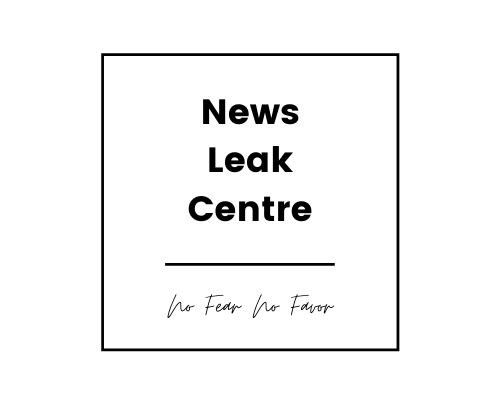Do you know there is an internet language dedicated entirely to talking about dogs ?
Dogs have always been playfulful in nature. Some dogs are doggos, some are puppers, and others may even be pupperinos. There are corgos and clouds, fluffers and floofs, woofers and boofers. The chunky ones are thic, and the thin ones are long bois. When they stick out their tongues, they’re doing a mlem, a blep, a blop. They bork. They boof. Once in a while they do each other a frighten.
Have you ever heard about DoggoLingo ?
A language trend that’s been gaining steam on the Internet in the past few years. The language most often accompanies a picture or a video of a dog and has spread to all major forms of social media. It might even change the way we talk out loud to our beloved canines.
DoggoLingo, sometimes referred to as doggo-speak, “seems to be quite lexical, there are a lot of distinctive words that are used,” says Internet linguist Gretchen McCulloch. “It’s cutesier than others, too. Doggo, woofer, pupper, pupperino, fluffer — those have all got an extra suffix on the end to make them cuter.”
For instance:
Floof = Fluff
Mlem = Dog lick
Bork = Bark
Boop = Pressing/gently poking a dog’s nose
Pupper = Puppy
Fren = Friend
Gud Boi = Good Boy
Gud Grill = Good Girl
Doggo = Dog
In addition, you get more advanced terminology, such as a blop:
A blop is when a dog pokes his tongue out due to tiredness/forgetfulness and it often is only a small portion of the tongue. A mlem is basically any time a dog is licking their chops, or sticking their tongue out !
Also you need to intersperse and drastically overuse the word “heck”.
Internet linguist Gretchen McCulloch told NPR this is because we want to imitate how we think the ‘cutest’ of pets would speak:
